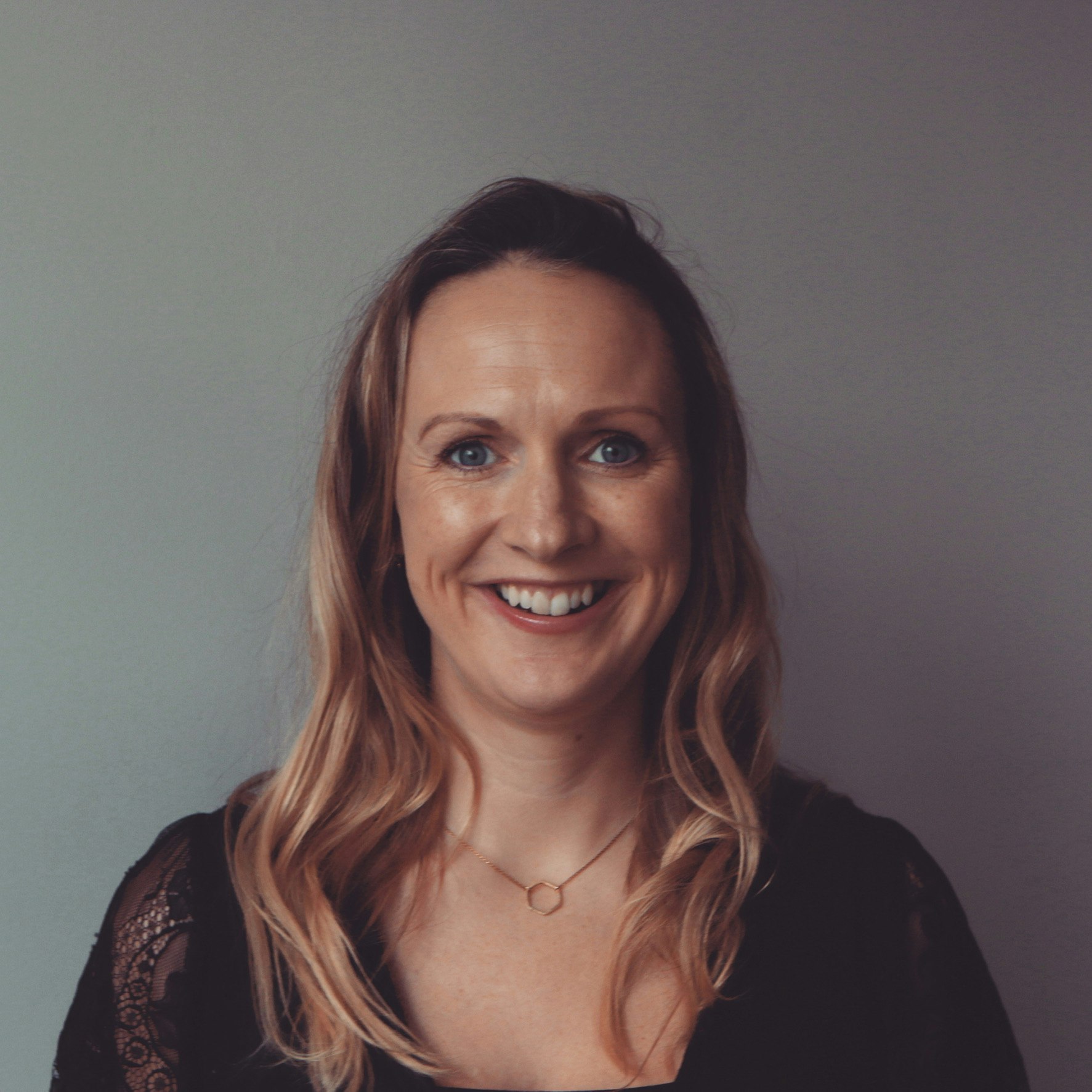All startups need cash in the bank to be successful — but managing your money isn’t just about securing that big funding raise.
As a startup grows, many founders find managing cashflow — the amount of money going in and out of a business — increasingly difficult to control. Growing payroll, recruitment fees, product investment and customer acquisition costs can spiral, leaving founders struggling to understand the financial liquidity of their business.
“When you think about the global picture of a company — are we hitting revenue targets, are we recruiting enough, are we on track for our business plan — cashflow is the blood flow of all this. It’s what enables startups to recruit, build products, make sales and grow,” says Timothée Clément, country manager UK at cashflow management startup Agicap.
Add in that many founders lack a financial background and have a million other things to concentrate on, and it’s easy to see how costly errors can creep in. So what are some of the most common cashflow mistakes startups make and how can you avoid them?
1/ Relying too much on manual spreadsheets
Most startups have two north star metrics when it comes to cashflow: burn rate (how quickly you’re spending your money) and runway (how long your business can last before you run out of money).
Keeping on top of both can be as simple as using a Google Sheet or Excel file to calculate money in and money out — but constantly updating it can be a time suck and lead to errors.
“If you don’t have the proper tools and structure in place, you’ll lose so much time,” says Clément. “Cashflow might be a key metric for your investors, but if you can’t follow it properly, it takes your focus away from building your business.”
Robinson Nouveau is cofounder and CEO at employee engagement app (and Agicap client) Squad Pal, which raised £400k in pre-seed investment in October 2021. He says not keeping on top of cashflow data is a huge red flag for investors.
If you don’t have the proper tools and structure in place, you’ll lose so much time
“Not having last month’s burn rate and future runway is one of the biggest mistakes a founder can make, for two reasons,” he tells Sifted. “Firstly, for your business. If you don’t know this information, then how can you spend £10k a month on marketing without knowing the impact on your finances? Secondly, it’s going to send warning signs to your investors. We have to report this information to our investors every month, and if there isn’t a structure around the data and how you report it, they are going to start asking questions.”
2/ Only looking at actual spending…
The other challenge with simplistic reporting is that cash burn rate is only based on your current spending. What you spend this month may not be what you spend next month, so being able to anticipate growth costs is crucial to accurately forecasting how your burn rate may change — something Clément says Agicap’s software supports.
“Agicap helps you differentiate between cash burn based on actuals — today’s spending — and cash burn based on forecast, which gives you two different runways,” he says. “You might have six months’ runway based on today’s spending, but if you accurately anticipate a rise in headcount, development and software costs, you may only have three.”
Having these different options allows you to play around with your business plan and find new areas for cost saving, which can extend your runway.
3/ … and not planning for a crisis
As every founder knows, entrepreneurship is made up of unexpected events — these need to be factored in to your startup’s growth.
Crisis-proofing your cashflow allows you to anticipate problems and setbacks, and can help you impress investors when you’re next looking to raise.
“For investors, it’s important for them to know founders have all potential outcomes in mind. How will they manage the best or worst-case scenario? When will a founder need to raise more money and what do they plan on doing with it? It’s about constantly updating and re-evaluating your forecasts,” says Clément.
Agicap’s software allows users to build different financial scenarios for their business, based on both actual spending and projected growth, which Clément says allows for better business modelling.
For investors, it’s important for them to know founders have all potential outcomes in mind. How will they manage the best or worst-case scenario?
“It’s incredibly powerful to be able to forecast different scenarios,” agrees Nouveau. “For example, if we spend £5k on marketing for the next 12 months, what will our runway look like?”
Squad Pal uses Agicap to forecast three scenarios. One is based on actual spending, and updates weekly to see how the runway is affected by day-to-day income and outgoings. Another forecasts how long Squad Pal can sustain an aggressive burn rate, and the final one is used to model a new funding round.
“This gives me a 100% transparent view of my finances and how my burn rate and runway will change over the coming 12 months,” says Nouveau.
Manage your cash flow in real time with Agicap.



